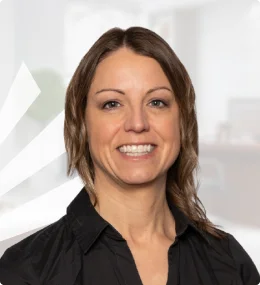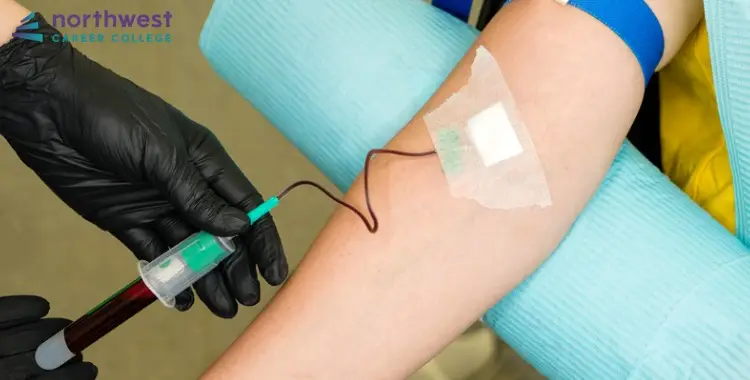How Not to Blow a Vein: A Guide for the Phlebotomy Technician
- Phlebotomy Technician
- April 21, 2025
- 36 views
- 4 min read

As a phlebotomy technician, your primary responsibility is to obtain blood specimens from patients. Though this can be a simple procedure, it calls for accuracy and attention to detail to prevent complications like “blowing” a vein.
The term “blowing” a vein means the vein has been damaged, usually resulting in bruising and swelling, which may be an uncomfortable experience on the part of the patient and even present problems at future blood draws.
Table of Contents
Choose the Right Vein
Vein selection is one of the most critical steps in phlebotomy. The best, or rather ideal, selection would be the median cubital vein, situated in the bend of the arm, simply because it is larger and more immovable than other veins. Still, there are patients with a vein diameter that is even more flimsy, complicating proper vein-seeking.
Always carefully inspect the veins before attempting to insert the needle. If you have trouble locating a suitable vein, ask the patient to clench their fist or apply a tourniquet to bring the veins into view.
Correct Needle Size
Another key to avoiding blown veins is the size of the needles used. If the needle is too large, it will tear the vein wall, causing the veins to blow. If the needle is too small, the blood draw will be slower and cause clotting.
Generally, a 21-gauge or 22-gauge needle is adequate for most draws. These sizes offer the best compromise between being large enough to draw blood quickly and small enough to minimize the amount of vein trauma or damage.
Handle the Tourniquet Gently
A tourniquet restricts blood flow, making the veins more visible. If it is too tight or has been on too long, inserting the needle may cause a blow.
To avoid this, make the tourniquet snug enough but not too tight; remove it once the blood flow starts to prevent further pressure on the vein.
Insertion of the Needle at the Proper Angle
The insertion angle can significantly affect whether you blow a vein. In most blood draws, a vein should be inserted at an angle of 15 to 30 degrees. Inserting at a much steeper angle will increase the chances of blowing the vein due to being punctured.
Puncture the vein with your steady hand and approach it gently. If resistance or discomfort is experienced, stop immediately and reassess.
Must Not Probe the Needle
If you miss the vein on the first attempt, it is not recommended to probe with the needle. Probing can cause more severe damage to the vein, which can cause a blow. Thus, if someone fails to enter the vein, they can withdraw the needle and try another spot.
Second attempts may be anxiety-provoking for a patient, so explain this calmly and reassure them you will make every attempt to minimize discomfort.
Monitor the Response of the Patient.
Even with all precautions taken, sometimes a vein will blow. If you start to notice swelling or bruising or the patient reports that the catheter is uncomfortable, you should immediately stop and apply pressure. You can also use a cold pack to reduce swelling and bruising.
You watch the patient closely for a response during the blood draw to take action quickly if any trouble arises and further prevent complications.
Conclusion: Apply Now to Northwest Career College Today
One will become a competent phlebotomy technician with practice, correct training, and attention to detail. Northwest Career College offers comprehensive training in the best techniques for safe and adequate blood drawing. Expert instructors will teach learners, and the curriculum is career-focused and equips them with the various tools needed to be successful in this high-demand career.
Join thousands of students who have chosen Northwest Career College for their careers and take the first step towards a rewarding career as a phlebotomy technician today.





